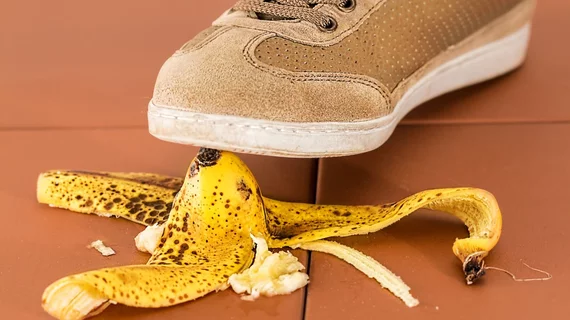Once a child’s broken arm is on the mend, little to nothing is gained by having follow-up x-rays read by both radiologists and orthopedic surgeons, according to a study conducted at Case Western Reserve University and published online March 6 in the Journal of Pediatric Orthopaedics.
Jerry Du, MD, and colleagues placed their findings in the context of a Joint Commission mandate requiring such dual interpretations.
For the study, the team retrospectively analyzed 441 fracture cases, including initial care episode and at least one follow-up, involving the supracondylar humerus as treated at Rainbow Babies & Children’s Hospital in Cleveland. This part of the upper arm is located just above the elbow joint and is one of the most common sites of traumatic orthopedic injury in children, owing to the commonness of falls on outstretched arms.
The researchers reviewed both specialists’ radiographic reads, then determined whether the radiologist’s interpretation changed the orthopedic surgeon’s management of the patient. When all follow-up visits were accounted for, the study sample included a total of 716 elbow x-rays.
In only 17 of the 441 patient cases (2.4 percent), the orthopedist and radiologist disagreed.
More telling still, the number of cases in which a radiologist interpretation changed orthopedic management was a perfect zero.
Further, 352 cases included an orthopedic surgeon’s note documenting the filing time. In 32 percent of these instances, the note was finalized before the radiologist’s final read arrived.
The radiologist interpretations reviewed in the study rang up a total cost of $18,772.
“Increased healthcare costs have driven assessment of value of common practices,” the authors wrote. “The Joint Commission mandates the dual interpretation of musculoskeletal radiographs by radiologists and orthopedic surgeons in hospital-based clinic settings.”
The results of the present study, Du et al. concluded, “suggest that dual-interpretation of radiographs obtained in the follow-up clinic setting does not add value in management of pediatric supracondylar humerus fractures.”

